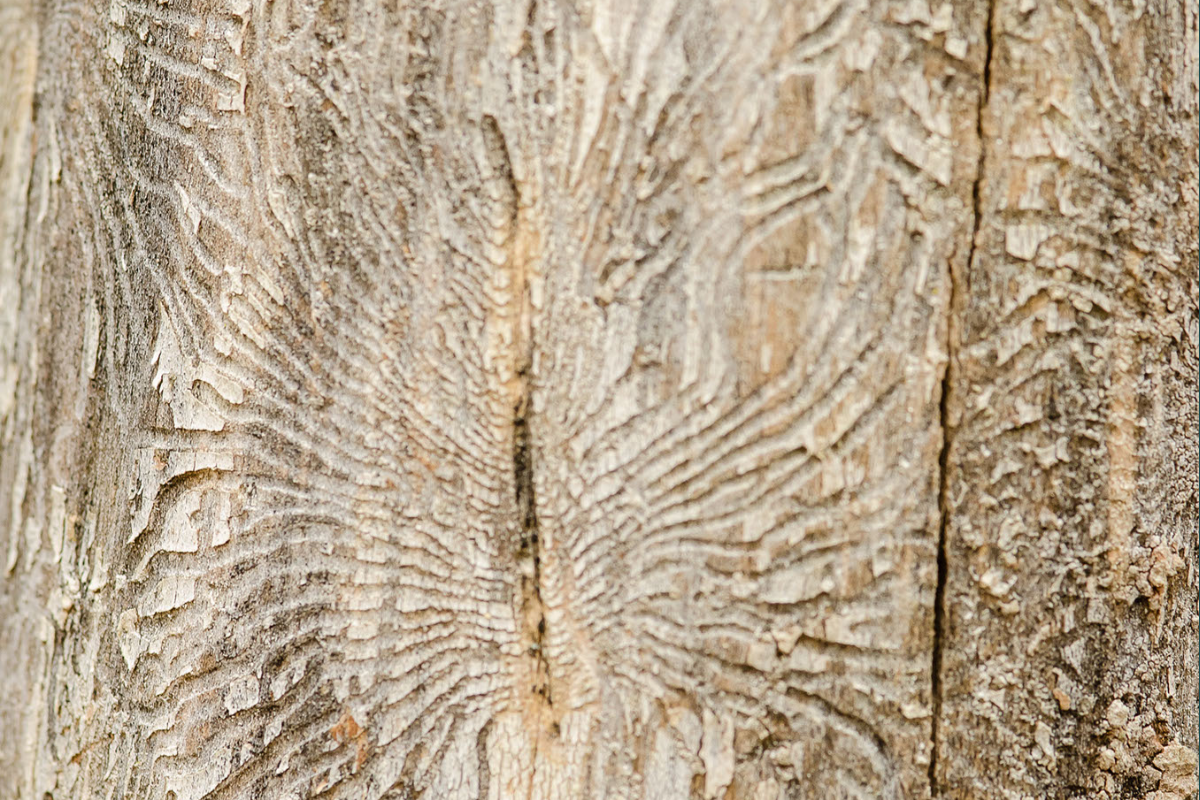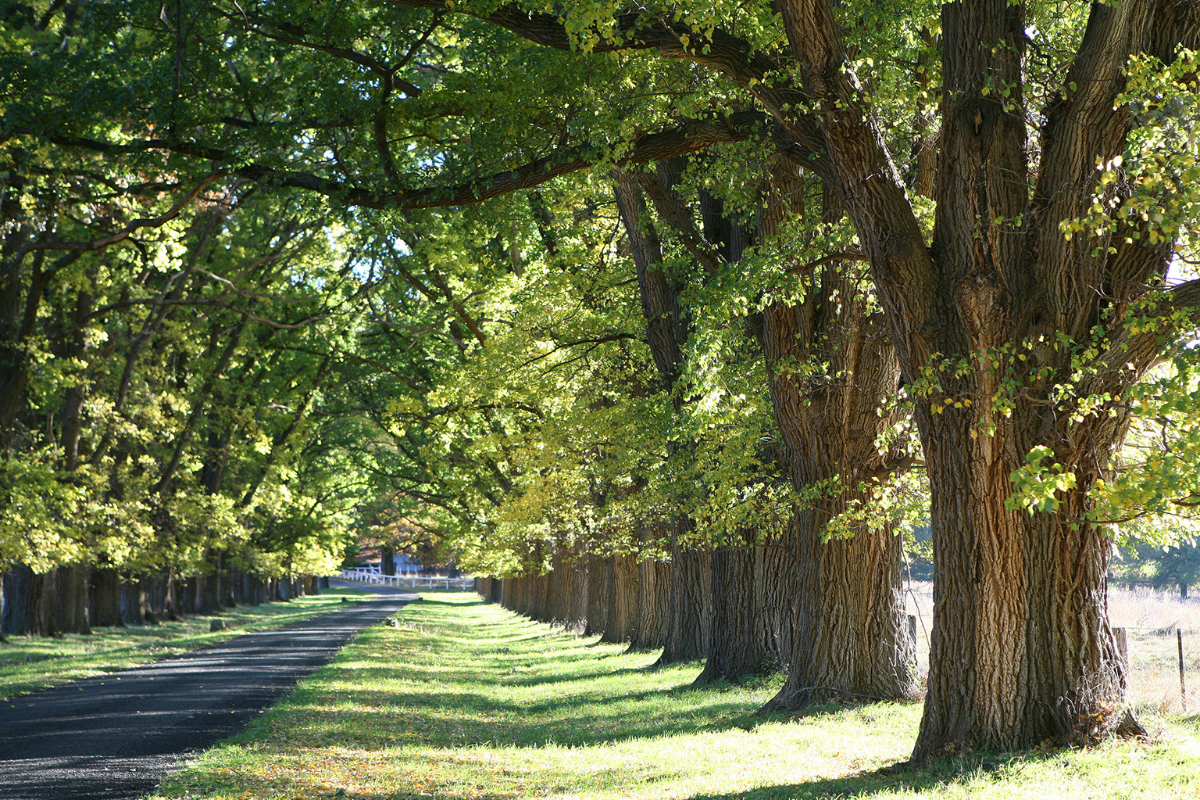Dutch Elm Disease (DED)
Dutch Elm Disease (DED) is spread by the elm bark beetle. The beetle carries the fungus spores on its body and when it bores into an elm tree, it introduces the spores into the tree’s vascular system. The fungus then blocks the flow of water and nutrients, causing the tree to die.
DED symptoms typically appear in the spring or early summer. Infected trees will develop wilting leaves, brown streaks on the bark, and dead branches. The fungus can also produce a distinctive blue-green stain on the sapwood of infected trees.
“As of July 2023, the Office of the City Forester has confirmed the presence of Dutch Elm Disease (DED) in the South Park Hill neighborhood.”
Read the full statement from the Office of the City Forester

How to Correctly Identify Elm Trees on Your Property:
Elm trees are large, deciduous trees that can grow up to 100 feet tall. They have distinctive bark, leaves, and flowers that can help you to identify them.
Here are some key features to look for when identifying an elm tree:
- Bark: Elm bark is rough, deeply furrowed, and can range in color from light grey to dark greyish brown. The bark often has a scaly or flaky appearance.
- Leaves: Elm leaves are oval-shaped and come to a point at the end, with jagged edges and prominent veins. The base of the leaf is slightly asymmetrical, and the leaves may be smooth on top and fuzzy on the bottom.

Treatment of Dutch Elm Disease:
There is no cure for DED. Once a tree is infected, it will eventually die. However, there are a number of things that can be done to prevent the spread of DED, such as:
- Planting resistant elm trees
- Removing infected trees
- Treating trees with insecticides to kill elm bark beetles
- Maintaining healthy trees by watering and fertilizing them regularly
Call us at 303-623-8733 or send us an online request for more information regarding this treatment and to learn whether or not your Elm tree is a good candidate. We’ll walk you through the next steps.
View our blog post for more information about Dutch Elm Disease:
